By Beth Ramos-Palma Gil
MAITUM, Sarangani (October 21, 2010) - “For a time, we thought our fate is sealed with hopelessness,” says Rosalito Labi, a sitio leader and barangay kagawad (village councilor) of sitio Angko, the sitio where we decided to spend our weekend.
This sense of hopelessness emanated from their past experiences. Government aid came few and far between if not none at all.
Sitio Angko is 15 kilometers away from the town proper and can be reached through a dirt road. From the dirt road, one has to walk three to four hours through a three-kilometer narrow trail. If it rains, the narrow trail with uphill and downhill climb becomes a one-foot deep mud ditch which makes walking extremely difficult. But the rich foliage and breathtaking view of the magical forest more than makes up the arduous journey.
This narrow trail was made through “bayanihan” by the villagers on May 2006 and was completed seven months later. They used “buyo-buyo” or sharpened wood to make the trail. Despite the trail they built, villagers still have a hard time transporting their farm produce to the poblacion. They use carabaos and horses to transport their farm produce.
Upon our arrival, we were forced to stay indoors by inclement weather. We took this opportunity to get close with the villagers, telling stories, playing with the kids, while others contented themselves looking at the foggy surroundings.
Securely ensconced on a rolling hill surrounded by rain forest, sitio Angko is home to 120 smiling, gentle, and peaceful Tboli people, who live on the edge of poverty. But villagers can proudly say that they have a zero crime rate. Their main source of livelihood is farming and hunting. Their main crop is corn. Fresh water fish is still abundant in the creeks of sitio Angko.
Angko is the farthest sitio of barangay Batian. It is also the least explored of all the six sitios of Bati-an.
Bati-an (population: 949) is the province’s poorest village according to the Community Based Monitoring System. 99.8% of its households have income below the poverty threshold and below the food threshold. 62.1% of its households have no access to potable water.
In basic education, 94.3% of Bati-an’s children 13-16 years old are not attending high school; 44.3 of children 6-12 years old are not attending elementary school; and 48.2% aged 6-16 years old are not attending school.
Labi confessed there were instances when they stopped dreaming and hoping for a bright future. “The barangay captain never visited us,” he said. Intervention from the government was hard to come by because of its distance and the difficulty in reaching the place.
Until February 2008 when the Mindanao Rural Development Program (MRDP), through the initiative of the provincial and municipal governments, started its projects in this sitio. Through their newly-formed people’s organization, the Tboli Farmers’ Association, MRDP projects were implemented but not after they were given skills training to prepare them for the projects. Rolando Delcano, an employee from the municipal agriculturist office, and the designated municipal facilitator of MRDP projects, patiently and conscientiously attended to the implementation of the projects. He goes to the area twice a month, live, sleep, and eat with them. Villagers sincerely involve themselves in the projects and in the process found themselves empowered.
“At first, people here were aloof. They just stay silent and stare at visitors. But now, they have learned to interact with other people. They learned to smile and talk to us,” says Delcano. “They also earned confidence and sense of pride from what they did for their sitio. Before, people here plant so that they have something to eat, but now, they also plant so they have something to sell,” Delcano disclosed.
The organization was given four carabaos, three horses which became five, and 12 goats which became 20. The carabaos and horses are used to transport their farm produce from the sitio to the dirt road where motorcycles will bring them to the town proper. Ten percent of the earnings in transporting goods go to the association.
Aside from the animals, MRDP also provided them with planting materials for abaca and coffee. Two hectares were planted to coffee, while 10 hectares were planted to abaca.
The coffee is about to bear fruit while they are now starting to harvest the abaca.
Representatives from the International Aid (IA) also visited them. They were promised a P25,000 worth of medicines once they built a health and nutrition post (HNP) which they did through bayanihan and from indigenous materials in the area. The HNP has been built and hopefully the P25,000 promised by the IA would come soon.
In May 2009, a solar power system was given to them by the provincial government. For the first time, villagers saw electric light on a pitch-dark night.
As the night falls in sitio Angko, myriad of fireflies light the growing darkness. The subtle beauty of wilderness at night and the chilling cold that it brings, makes sleep easy to come by. What a great break from a humdrum, busy life in the urban area.
“The biggest success of these people is their empowerment,” Delcano added.
Sitio Angko has the largest land area in Bati-an’s forestland which is 30% of the total area. Villagers are aware of the effects of “kaingin” (slash-and burn farming), illegal fishing (in the river), or illegal cutting of trees that is why these activities are discouraged in order to preserve the healthy environment. Near the proposed water spring development (funding of which is still to be sourced out), we found more or less 20 “red lawaan” trees which trunks are as big as the size of a fuel container drum.
A makeshift daycare center was built by the villagers through the help of the local government by providing materials. The honorarium of the volunteer/teacher is shouldered by the local government also. Labi said “we would be happy if the government or any funding agency or NGO help us build a permanent daycare center.”
Some of the big challenges that the villagers have to face are lack of medicines, basic education, lack of farming techniques and seedlings, and of course improvement of the narrow trail which connects them to the main dirt road.
But their most urgent concern is health and sanitation. The lack of potable water aggravates their situation. Toilet bowls given to them by the local government have to wait until a communal system will be constructed which would take a long time to be realized. More often, children are the ones who suffer from diarrhea and other water-borne diseases because of unclean drinking water. The existing water source which is a kilometer away from the center of the sitio is open and susceptible to contamination.
Sitio Angko is a strategic starting point to the many potential tourist spots in Bati-an. There is the hundred caves. Villagers told us that a cave was used to be a stronghold of the Japanese Imperial Army. Another cave, the El Kiblat Cave, just three kilometers away, has many compartments and with an upward exit. The giant staircase with flowing water, is just a kilometer away. The Dakiol Falls, five kilometers away, has a three-tier drop 50-meters each long. Its sight and sound leaves one catching his or her breath because of the heavy fall of water to the ground. Anybody who visited this place said that it is a perfect place for trekking and mountain climbing.
Villagers in sitio Angko provide a compelling testimony of a people that refuse to give up despite the odds. Labi admitted that in the past, there were times they lose hope and just accept the harsh reality; that nothing can be done to improve their situation. But like their ancestors who took care of this place for their future, they refused to give up and converted crisis as opportunities. They turned their small dreams to a reality. “Na-feel na namo ang presence sa gobyerno,” he said.
We went home refreshed and inspired by an empowered people who refuse to give up. (Beth Ramos-Palma Gil/MAITUM INFORMATION OFFICE)
Thursday, October 21, 2010
Subscribe to:
Post Comments (Atom)

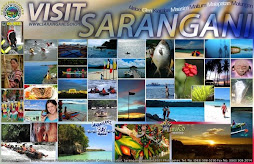


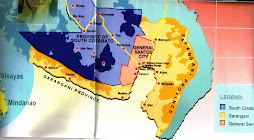

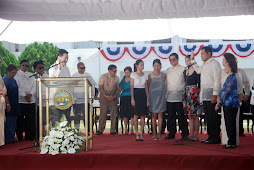
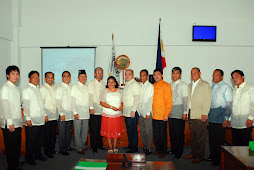


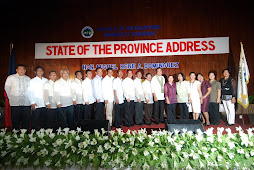
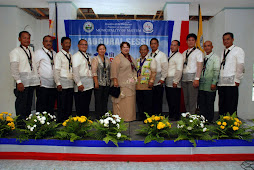
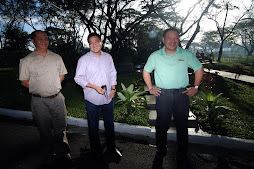



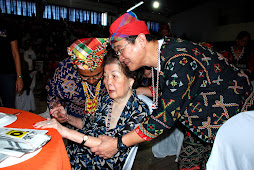

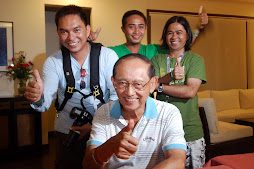
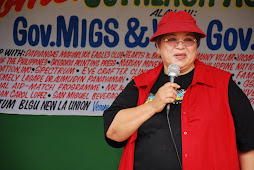
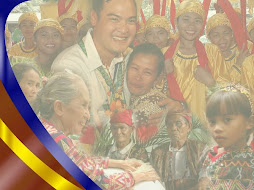

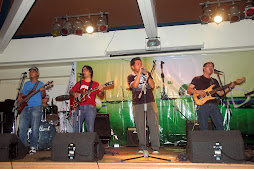


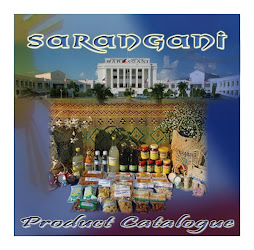

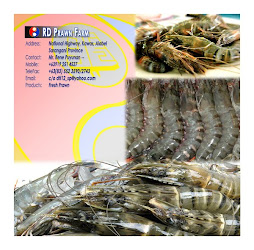
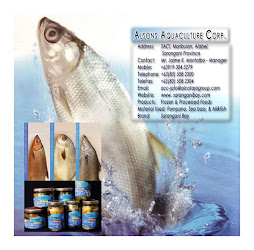



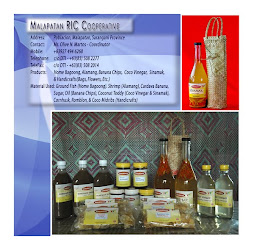

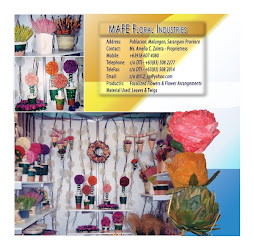
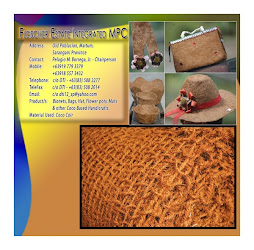

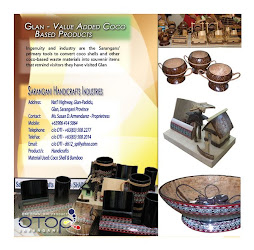
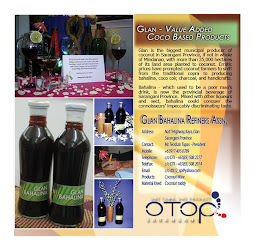
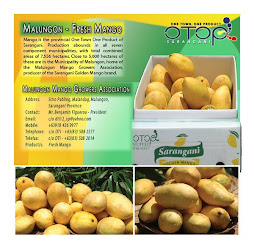
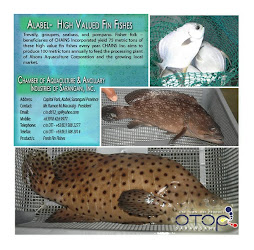


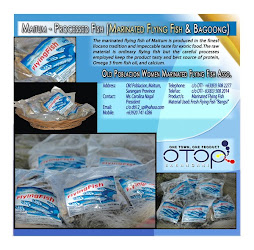
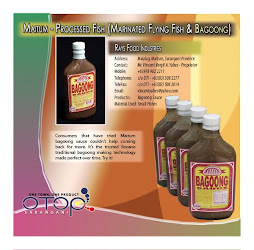
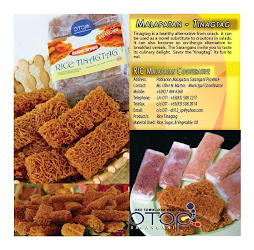

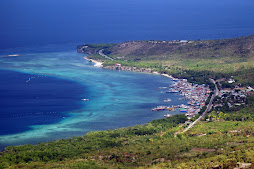
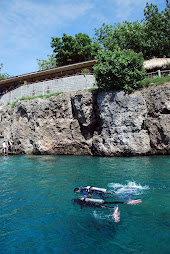
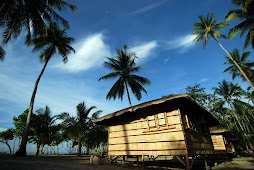
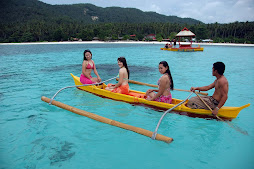

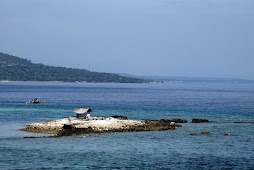
No comments:
Post a Comment